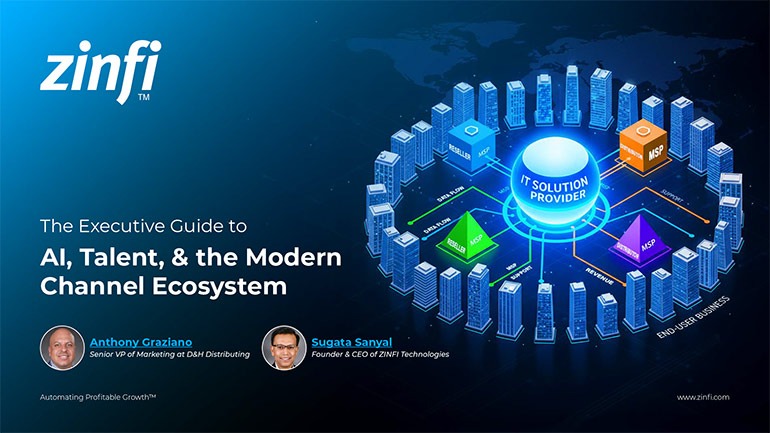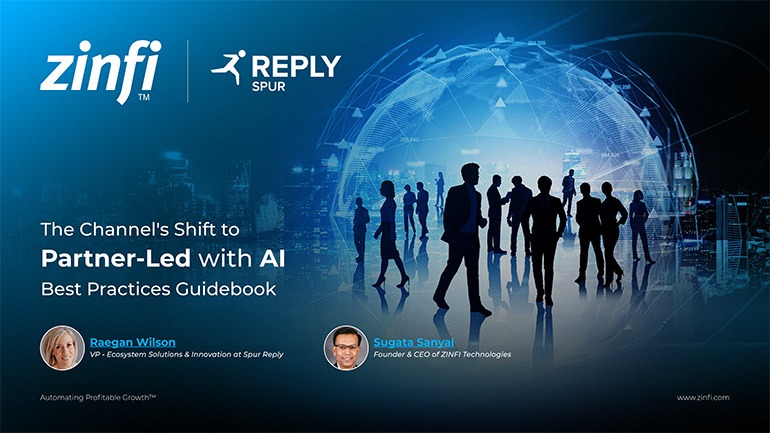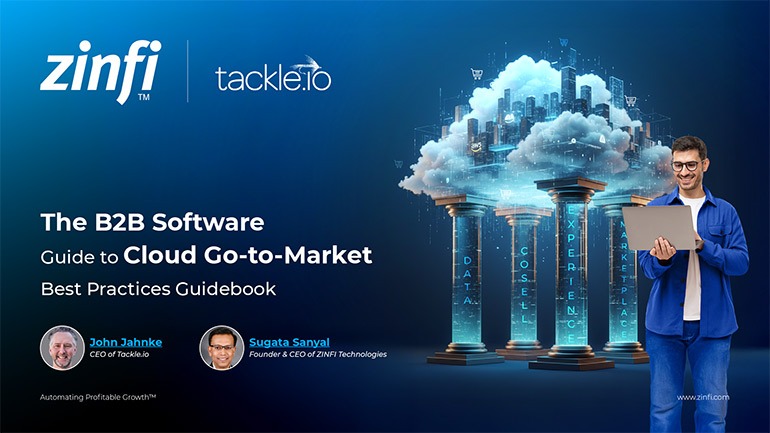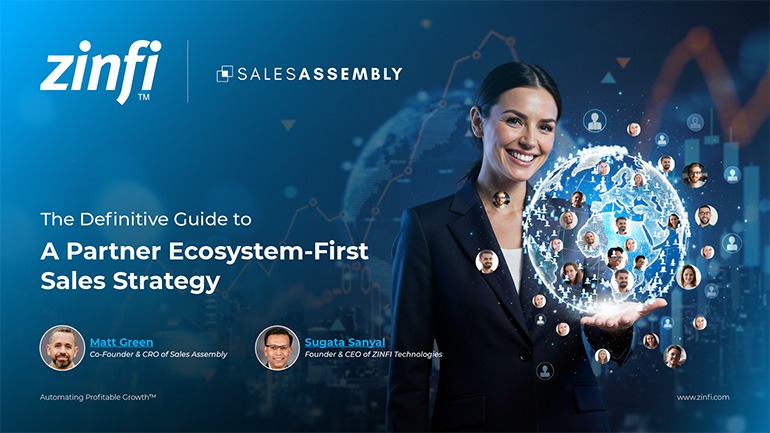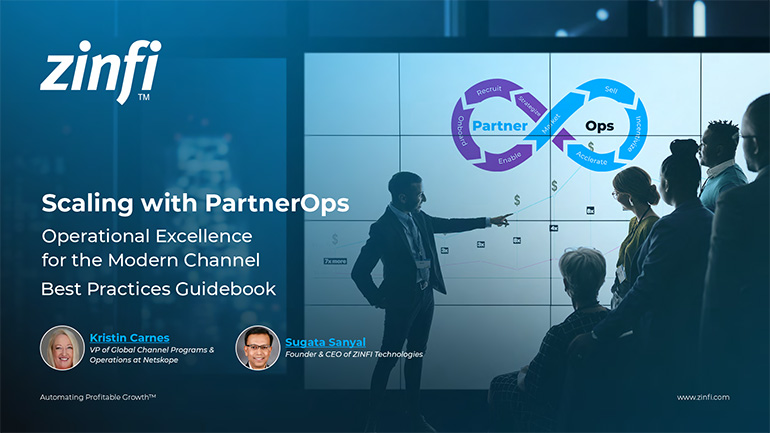When Netskope began formalizing its global partner operations, it quickly became clear that the absence of a standardized framework led to fragmented regional approaches. Each geography operated in silos, resulting in inconsistent partner experiences and inefficiencies across the channel ecosystem. The organization’s first significant strategic move was to launch a globally tiered partner program that unified discounting policies, deal registration processes, and partner classification standards.
This initiative brought equity to the partner experience and embedded operational rigor directly into pricing and quoting systems. By aligning systems and PartnerOps functions, Netskope established a scalable foundation—demonstrating that operational discipline is not a backend process but a strategic pillar for successful channel execution.
Once the structure was in place, the next focus was enforcing it across systems. The company addressed issues like poor partner data quality and fragmented contract management within platforms like Salesforce. Leaders introduced mandatory contract uploads, validated partner records, and rolled out consistent workflows—transforming data into a strategic asset and building cross-functional alignment. The result is clearer insights, stronger segmentation, and a unified PartnerOps function that supports global growth.
Another critical element was guiding regional teams through operational change. The approach prioritized empathy, communication, and a clear value proposition tied to data-driven outcomes. Leaders navigated entrenched legacy processes with sensitivity, presenting a future vision centered on scalability and improved partner outcomes. The lesson: PartnerOps isn’t just about automation—it’s about aligning people, processes, and platforms for global impact.

